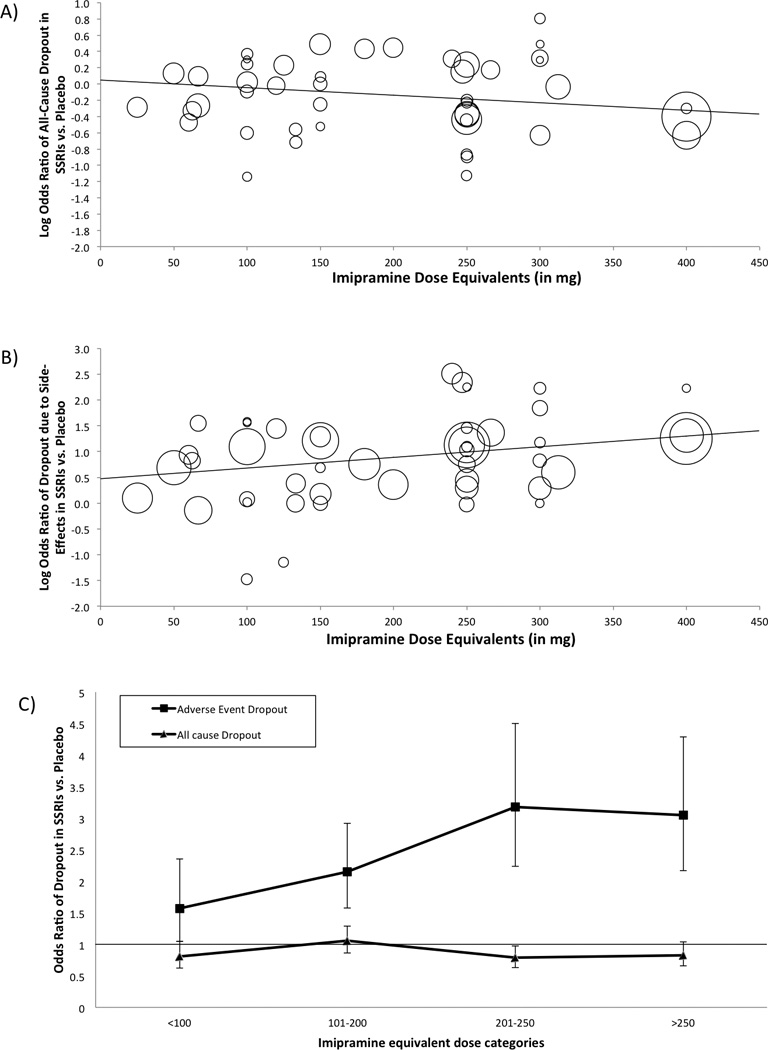Figure 4. Relationship between SSRI Dosage and Likelihood of Dropout.

Figure 4A is a scatterplot of a meta-regression analysis that examines the association between SSRI dose and likelihood of all-cause dropout. Higher SSRI dose were associated with a lower rate of all-cause dropouts (β=−0.00093, 95% CI −0.00165– (−0.00021), z = −2.54, p =0.0110). Figure 4B is a scatterplot of a meta-regression analysis that examines the association between SSRI dose and likelihood of dropout due to side-effects. Higher doses of SSRIs were associated with a higher rate of dropouts due to side-effects (β=0.00207 95% CI 0.00071– 0.00342, z = 2.98, p =0.0028). Within the scatterplot, circles represent individual studies with the size of the circle corresponding to its weight in the meta-analysis. Lines represent the results of meta-regression analysis. Figure 4C depicts the association between SSRI dose and all-cause dropouts and dropouts due to side-effects in 4 dose categories. The 4 chosen dose categories of SSRIs: <100mg, 100–199mg, 200–250mg and >250mg were based on a meta-analysis that failed to demonstrate a dose-response relationship in antidepressant medications (not exclusively SSRIs). Dosages are expressed in imipramine equivalents. 100mg of imipramine = 120mg of sertraline = 100mg of fluvoxamine = 20mg of paroxetine or fluoxetine=33.3 mg of citalopram=16.7 mg of escitalopram. Abbreviations: SMD=Standardized Mean Difference, SSRI=Selective-Serotonin Reuptake Inhibitor, LogOR= Logarithm of odds ratio
